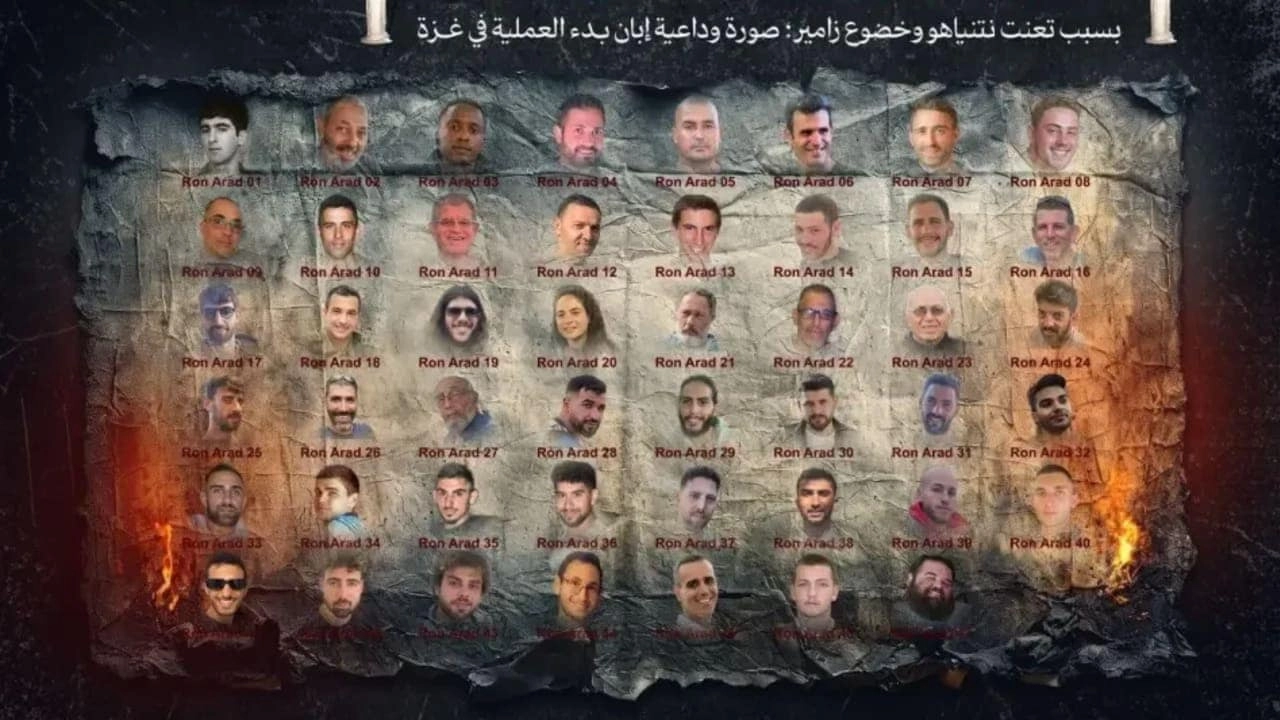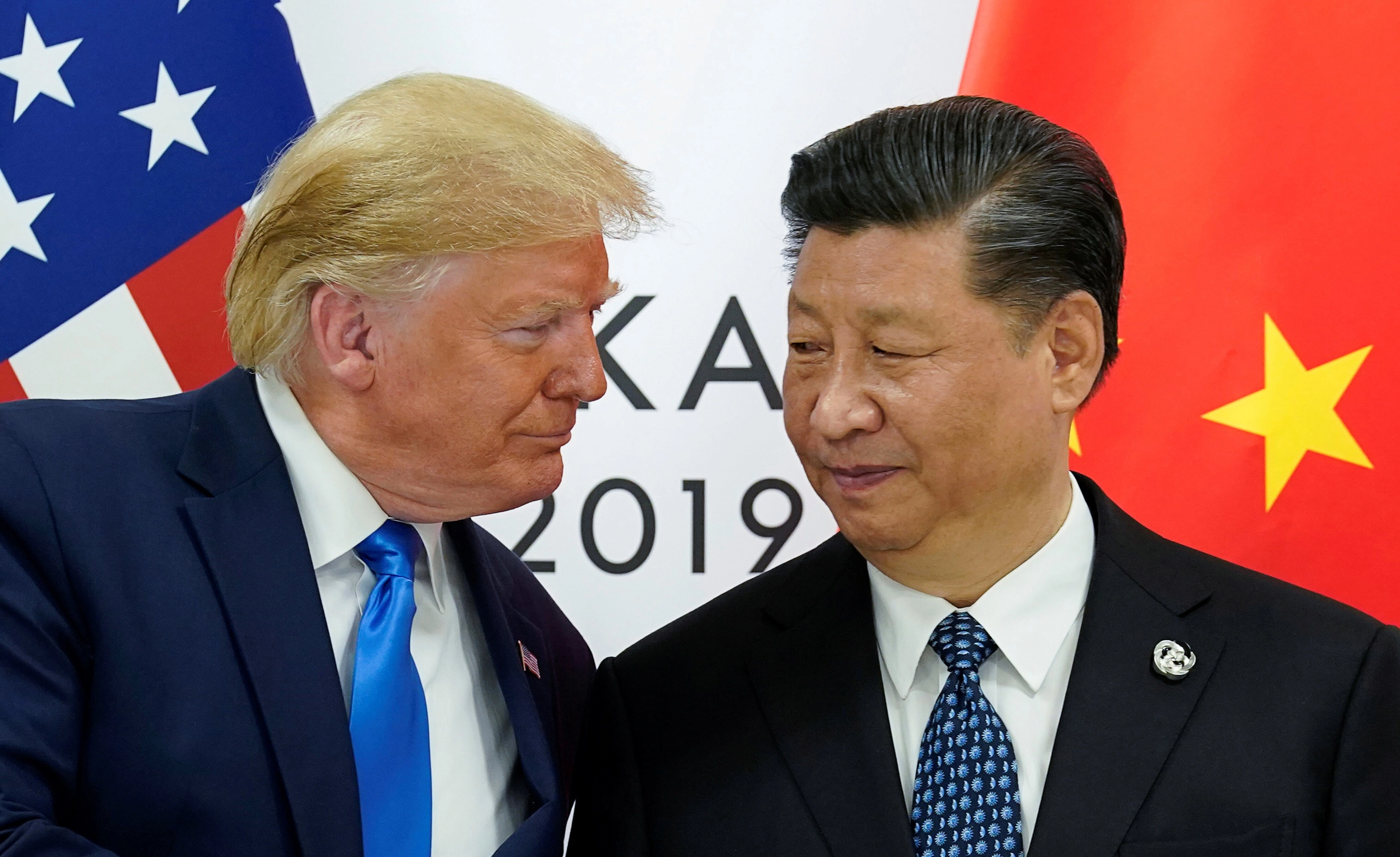Hamas has recently released a poignant “farewell” photo featuring hostages, a move that has drawn significant attention and controversy amid the ongoing conflict in Gaza. The image serves as a stark reminder of the human toll associated with this protracted violence, highlighting the plight of individuals caught in the crossfire of geopolitical strife. In its announcement, Hamas attributed the dire situation of these hostages to the ongoing Israeli invasion of Gaza, which began following the escalation of hostilities between the two sides. By framing the release of the photo in this context, Hamas aims to elicit sympathy for the hostages and to underscore the perceived injustices faced by Palestinian civilians.
The release of such imagery is not merely a tactical maneuver; it is also a strategic communication tool designed to influence public perception and garner international attention. As the conflict continues to escalate, the humanitarian crisis in Gaza has reached alarming proportions, with a growing number of casualties and displacements. Hamas’s decision to publicize the hostages’ situation underlines the desperation and urgency of their message. They seek to portray themselves as protectors of the Palestinian people while simultaneously highlighting the consequences of Israeli military actions. This narrative, however, is met with a complex response from the global community, as opinions on the conflict remain deeply polarized.
The broader implications of this release raise questions about the ethics of using hostages in propaganda efforts and the responsibilities of both parties involved in the conflict. The image of the hostages serves as a reminder of the individual lives affected by political decisions and military strategies. International observers and human rights organizations are increasingly concerned about the treatment of these individuals and the conditions under which they are being held. As the world watches, the situation in Gaza remains a critical focal point for discussions around humanitarian rights, conflict resolution, and the ongoing struggle for peace in the region. The challenge lies in navigating the complex interplay of narratives and ensuring that the voices of those most affected are not overshadowed by the broader geopolitical discourse.




